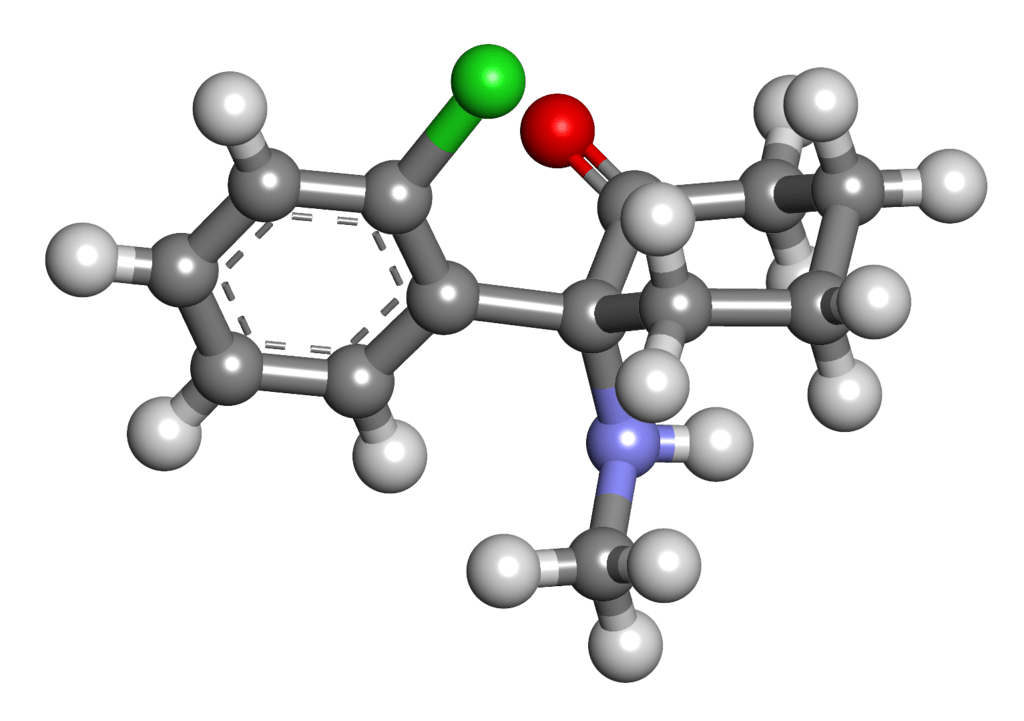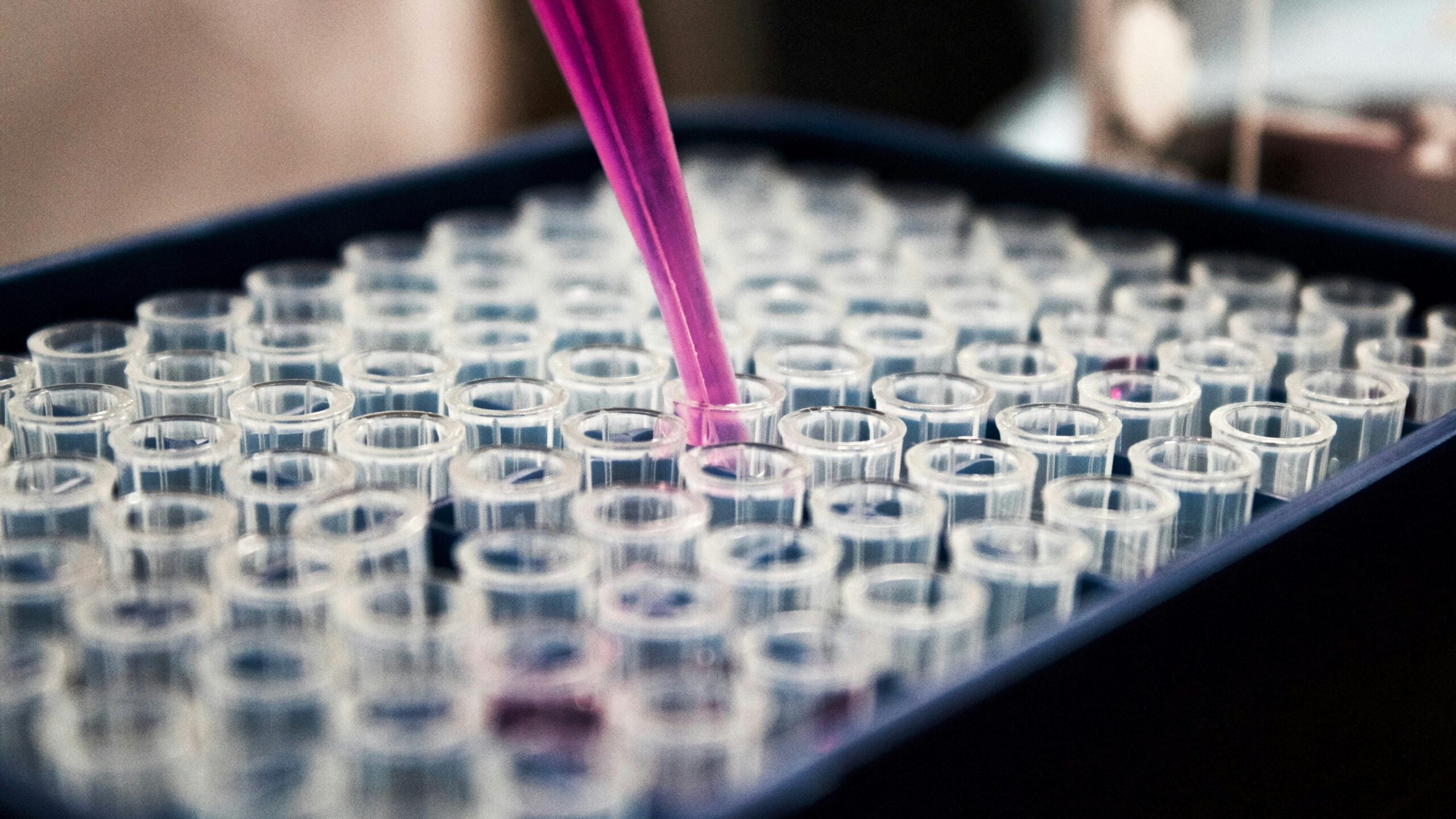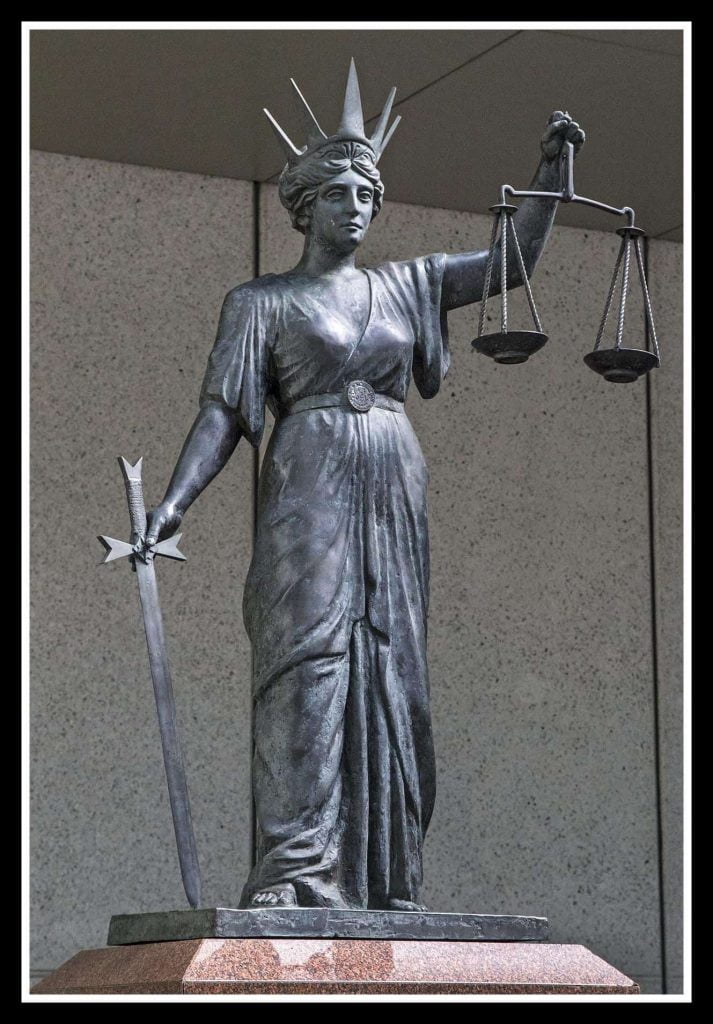A brief history
First created in 1962, ketamine quickly became a darling of the medical world for its versatile properties. It boasts a myriad of applications that seamlessly transcend the confines of operating rooms and veterinary practices, to the more unconventional realm of recreational use.
Initially doctors utilised ketamine for its efficacy in inducing general anaesthesia and pain management. However, it wasn’t long before it shed its clinical persona and transformed into a partygoer’s best friend. Here, amidst the frenetic energy of the dance floor, it metamorphosed into a new identity – that of a catalyst for euphoria and exploration, often combined with MDMA.
Recreational ketamine use has skyrocketed over the last few years in Australia. A recent ABC News article highlighted that reports of recreational ketamine use had more than tripled from 2016 to 2023.
When used in small doses, ketamine may create a “high” characterised by mild dissociative effects. But at much higher doses, it can cause liver damage, stop the heart, or even be fatal.

The rise of ketamine analogues
Australia has witnessed a concerning proliferation of ketamine “analogues” – chemical compounds that mimic the effects of ketamine – infiltrating the illicit drug market. These substances pose a significant threat due to their unpredictable strength and purity, presenting a multitude of health risks to users.
The variability in the composition of these substances sold under the guise of ketamine are inconsistent. They often contain a string of different street drugs, including MDMA or cocaine. Some ketamine samples have been found to contain tiletamine, a veterinary anaesthetic. Termed “polar bear ketamine”, its strength far surpasses that of conventional ketamine.

What you can do to minimise harm
In response to the evolving realm of ketamine analogues and their associated risks, initiatives such as CanTEST have emerged to offer drug-checking services. CanTEST is designed to identify substances, including ketamine analogues, thereby encouraging individuals to make informed decisions about their drug use and to minimise potential harm.
How we can help
Over the years, Dowson Turco Lawyers have become go-to criminal defence lawyers for people charged with drug supply, importation and possession. We have acted for a wide range of clients, from young people using ketamine to self-medicate, to recreational drug users who buy ketamine to mix with MDMA, to people accused of supplying or importing the drug and its synthetic siblings.

The most important thing to know about laws surrounding ketamine possession is that according to the Drug Misuse and Trafficking Act 1985, 2.5 grams or less constitutes a small quantity of ketamine, and 7.5 grams or more constitutes a traffickable quantity. If you are found to be in possession of a traffickable quantity, NSW Police can charge you with supply of ketamine even if there is no proof of actual supply.
Contact us
Dowson Turco Lawyers is Australia’s only Out Loud and Proud® LGBTQA+ law firm, servicing all communities. If you need legal assistance in relation to a drug possession matter, the Dowson Turco crime team is ready to help. Feel free to contact us by phone at 02 8000 7300, or by email at enquiries@dowsonturco.com.au to book an initial conference. You can also connect with us on Facebook, Instagram and Twitter.


